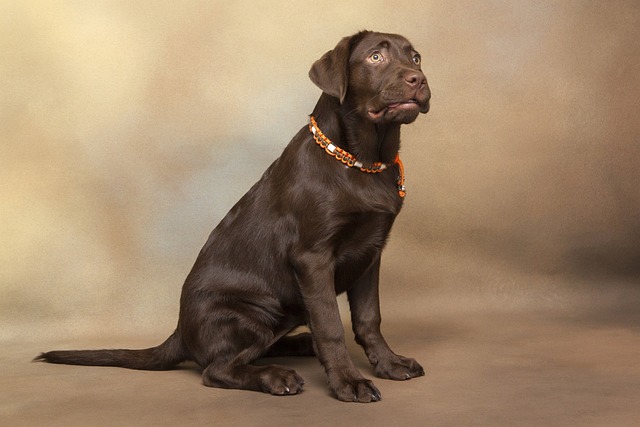
How can I tell if my dog's heatstroke is serious
Let’s be real: It’s a sticky August morning in Los Angeles, and you took your 2-year-old Golden Retriever, Max, for a walk a little later than usual
Bringing a Labrador into your home is like welcoming a bundle of boundless energy and unconditional love. But before you commit, it’s crucial to ensure you’re getting a purebred Labrador. While the charm of any dog lies in their personality, a purebred Labrador often comes with predictable traits and health histories. Here’s how you can tell if your potential furry friend is the real deal.
First, examine the physical characteristics. Purebred Labradors typically have a strong, athletic build with broad heads and otter-like tails that wag with enthusiasm. Their coats, whether black, yellow, or chocolate, should be short, dense, and water-resistant. If you notice any unusual coat lengths, colors, or body proportions that deviate from the breed standard, it could be a sign that the dog isn't pure.
Another key factor is the dog’s pedigree. Reputable breeders can provide a detailed lineage, tracing the puppy’s ancestors back several generations. This not only verifies the dog’s purity but also helps identify any potential genetic health issues. Remember, in many regions, selling dogs without proper documntation can be illegal, so always ask for papers.
 Temperament matters too. Labradors are known for their friendly, outgoing nature. They’re great with kids, other pets, and are generally eager to please. If a puppy seems overly aggressive, fearful, or withdrawn, it might not be a pure Labrador or could have underlying issues.
Temperament matters too. Labradors are known for their friendly, outgoing nature. They’re great with kids, other pets, and are generally eager to please. If a puppy seems overly aggressive, fearful, or withdrawn, it might not be a pure Labrador or could have underlying issues.
When considering adoption or purchase, research the breeder or shelter thoroughly. Check online reviews, ask for referrals, and visit in person if possible. Ensure they follow local animal welfare laws, which often require proper housing, veterinary care, and ethical breeding practices. Avoid backyard breeders who may prioritize profit over the well-being of the animals.
Lastly, consult with a professional. A veterinarian or a breed expert can offer valuable insights. They can examine the dog’s physical features, review the pedigree, and even conduct DNA tests if needed. This extra step can give you peace of mind and help you make an informed decision.
Bringing a Labrador into your life is a long-term commitment. By taking the time to verify their purity, you’re not only ensuring you get the dog of your dreams but also contributing to the responsible breeding and welfare of the breed. So, do your homework, trust your instincts, and soon enough, you’ll have a loyal, purebred Labrador by your side, ready to embark on countless adventures together.e

Let’s be real: It’s a sticky August morning in Los Angeles, and you took your 2-year-old Golden Retriever, Max, for a walk a little later than usual

You're enjoying a summer afternoon at the park when you notice your dog has stopped panting and appears disoriented - their gums are bright red

Let’s paint the picture: You’re in your Denver apartment, watching your 4-year-old Boston Terrier, Ruby, plop down mid-play session with her favorite toy

Many dog owners notice their pets nails seem shorter after regular walks,but how much does this daily activity actually help?The answer depends on where you walk—concrete sidewalks or asphalt streets gently file nails as a dog's paws hit the ground

Most dog owners notice their pup scooting across the carpet at some point, but few connect it to impacted anal glands. These small sacs near a dog’s rectum secrete a scent for marking territory

Most vets agree that regular dog teeth cleaning is key to avoiding painful dental issues later. For healthy adult dogs, a professional cleaning at the vet’s office every 12 to 18 months usually works well.